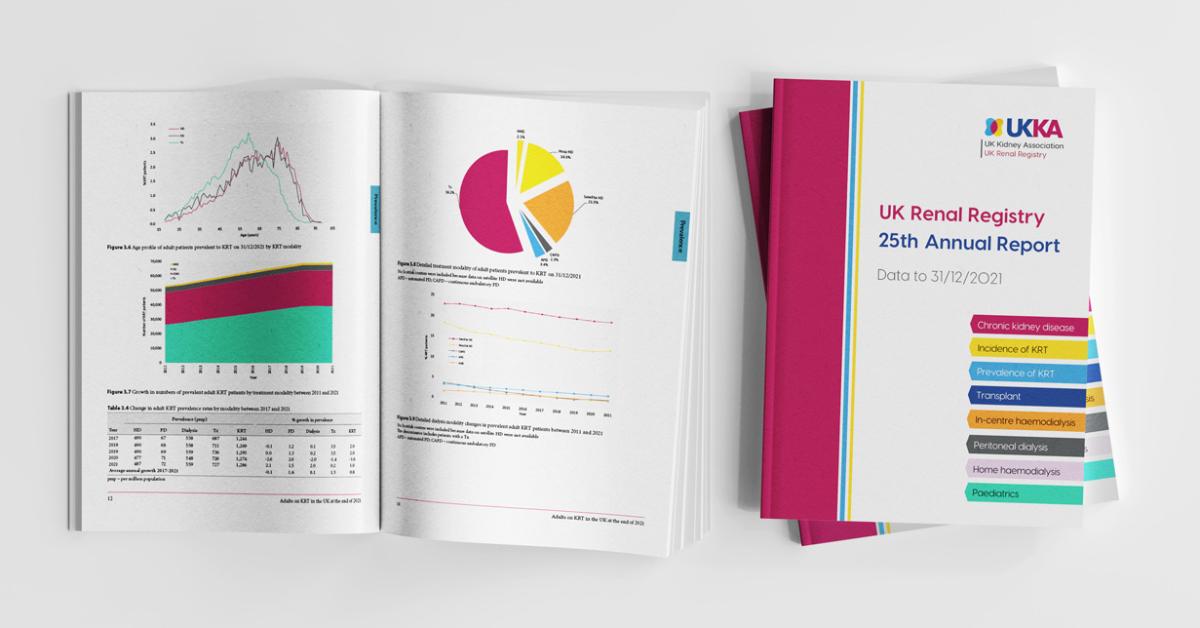Victor Parsons was born in London, but spent much of his youth in the Far East, where his father and mother were missionaries. This background gave him a firm Christian basis to his life, and he was eventually to enter the Church. Educated at Kings College School, Wimbledon, he went up to Brasenose College, Oxford, in 1946 where he took a first in physiology, returning to London in 1950 to complete his clinical training at King’s College Hospital, Denmark Hill, where he spent most of his professional life. He graduated in 1953 after a brilliant student career and did his house jobs at King’s. This was followed by a period of military service in the Royal Navy, before he returned to King’s in 1957 for four years as a medical registrar. He continued to serve in the RNVR, ultimately as surgeon commander, and the sea remained one of his many passions.
In 1962 he went to Guy’s Hospital as a research fellow in the MRC radio-isotopes unit, then a novel field, and whilst there helped set up the renal unit, performing the first haemodialyses at Guy’s. In 1963 he was awarded his DM for a thesis on the hormonal control of the renal excretion of phosphate in man. He entered the King’s senior registrar rotation and after a year at the Royal Sussex County Hospital in Brighton spent a second year in the arthritis unit at the Massachusetts General Hospital with S Krane. He returned in 1965 to Denmark Hill as a senior lecturer in medicine and consultant physician, posts he occupied until 1989 as director of renal services, having set up the renal unit at King’s in the mid 1960s. He also served as a positive and innovative postgraduate sub-dean at King’s for some years. In 1989 he retired early to train for the Church and, after his ordination, was appointed curate of All Saints’, Upper Norwood, South London, where he had been confirmed and worked as a lay preacher for many years. He was fully engaged in this position when his untimely death occurred after an operation for prostatic cancer, and hewas much missed by his parishioners.
Victor Parsons made many contributions to the literature of medicine, particularly renal disease and divalent ion metabolism and bone disease, starting with the work that led to his thesis in 1963. In the field of bone disease he was the first to show increased aluminium uptake by diseased bone, which became a crucial observation in understanding the bone disease suffered by patients on long term dialysis. Early on his interest and sympathy was attracted to the plight of diabetics with renal failure attending the large diabetic unit at King’s. For a long period his unit was the only one in the United Kingdom accepting any number of such patients for treatment of renal failure. He similarly treated patients who had become carriers of hepatitis B, when generally they were also rejected for treatment. Only two decades later did his pioneering work finally lead to the routine treatment of diabetics and hepatitis carriers in the United Kingdom. This sympathy for patients who were excluded by many clinicians at the time was typical of his empathy with patients, and one of his interests was medical ethics, on which he contributed several thoughtful articles. He continued to work even after taking up his parish duties, and was analysing clinical follow-up data when he died.
He will be remembered as a brilliant and effective teacher who communicated to undergraduates and postgraduates alike the basis for care of individual patients, even in the heart of high-technology medicine. He was much loved and respected by all who came in contact with him, and his characteristic rather pastoral air with his usual ‘God bless’ on parting carried extra resonance. However, his quiet style belied enormous resources of intelligence and organizing ability, perhaps sharpened by his experiences in the Navy, which he deployed with consummate skill, often not appearing to lead when in fact the ideas largely came from him. His range of interests was wide: apart from his commitment to the Church and his lifelong passion for the sea, he revelled in art and photography, cooking and wine. He married Ann Easling in 1958 and they had four children.



